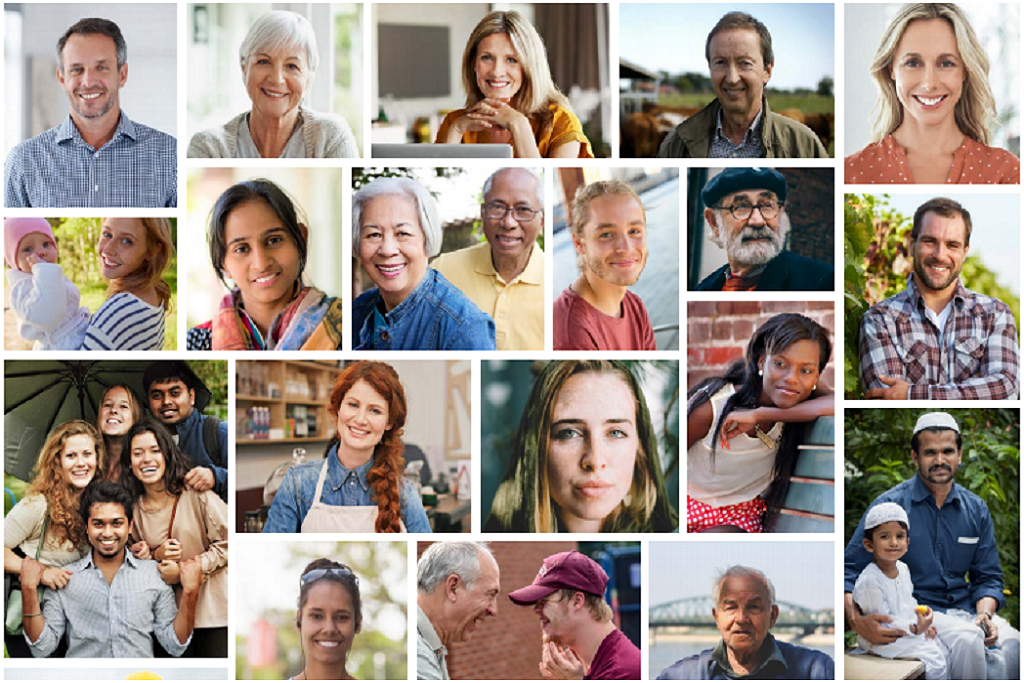This New Report Could Help Explain The Rise Of Pauline Hanson
The report also shows why Hanson's ban on Muslims won't work.

Pauline Hanson’s One Nation Party is now the fourth largest political force in Australia, but what are the attitudes in the community that underpin her success (other than a frustration with squat toilets)?
Yesterday the Scanlon Foundation released Australians Today, a survey of 10,000 Australians focusing mainly on the experiences of migrant communities. But the survey also tracks the views of Australian-born residents and how tolerant they are towards cultural diversity.
Most of the data in the report paints a pretty positive picture. Only 13 percent of migrants said they were “unhappy” or “very unhappy” living in Australia. Most migrants also have a high level of trust in the government and feel like they belong in Australia. But when it comes to particular types of migrants, particularly humanitarian arrivals (refugees), the statistics are more worrying.
Only 36 percent of humanitarian arrivals who responded to the survey were currently employed. A high proportion said they were “struggling to get along” or were “poor”. Surprisingly, migrants from New Zealand expressed the highest dissatisfaction with Australia. 28 percent of them described “racism and discrimination” as the worst thing about living in Australia. New Zealanders also had the lowest level of trust in the government.
The Australians most likely to experience discrimination? Those from South Sudan: 77%. And 59% of Indigenous Australians #AusToday
— Neroli Colvin (@Colvinia) August 24, 2016
Muslim Australians also described high levels of discrimination. 51 percent of Australian born Muslims experienced discrimination and Muslim women reported discrimination at a much greater rate than men did.
–
Explaining Pauline Hanson
Some of the most interesting parts of the report are around how tolerant different sections of the Australian community are. The report found that Australians who were the most tolerant of cultural diversity were more likely to vote for the Greens and Labor (no way!). In terms of geography, outer regional areas with low levels of cultural diversity were likely to be the least tolerant of migrants. Those are the kinds of areas where Pauline Hanson polled well at the federal election.
About one in four Australians disagreed with the idea that “we should do more to learn about customs and heritage of immigrants”. All up, the report suggests that between 25 and 30 percent of Australians are intolerant of cultural diversity.
When asked what they least like about Australia, 18% of people born in Australia indicated there was too much immigration #AusToday
— Scanlon Foundation (@Scanlon_Fdn) August 24, 2016
Third-generation Australian men who are struggling financially and have a low level of education were the most likely to express high levels of intolerance. Again, these are the kinds of demographics that are strongly represented in areas where Pauline Hanson’s One Nation Party received a high vote. While it might sound kind of obvious, the data helps paint a better picture of exactly who is throwing support behind Hanson and her policies.
The report does have some bad news for Hanson though. Remember her policy calling for a ban on Muslims coming to Australia? The report helpfully points the biggest country of birth for Muslims in Australia is… Australia. There are 180,000 Australian-born Muslims in the country, compared to 33,000 from Lebanon and 26,000 from Pakistan. Sorry Pauline.
The Scanlon Foundation’s report is incredibly useful in helping politicians, policy makers and the wider community understand the experiences of migrants and that impact our immigration program is having on social cohesion. Hopefully the folk in charge will attention to it and listen to the evidence when it comes the issues faced by migrant communities.